Parylene refers to a unique class of polymers that share a remarkable characteristic. As they are applied as a gas in a room temperature chamber, the polymers deposit as an ultra-thin coating on all surfaces within the chamber. Growing in microscopic layers – one molecule at a time – Parylene coatings adhere uniformly to every corner and within every crack and crevice of an object, regardless of how small or complex its shape.
Parylene dimers are widely used in the manufacturing of thin-film coatings. These coatings provide a variety of benefits such as moisture and chemical resistance, dielectric strength, and biocompatibility.
| 1.Parylene N: CAS No. 1633-22-3 | 2.Parylene C: CAS No. 28804-46-8 |
|
|
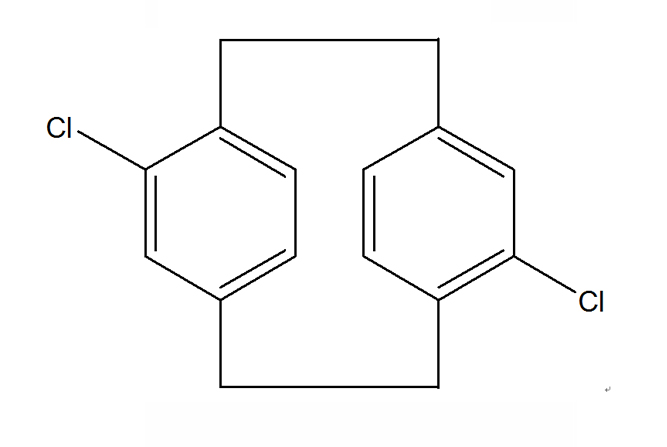 |
| This type of parylene dimer is used to create a protective barrier against chemicals and moisture. It is a popular coating for electronic components due to its excellent dielectric properties. Parylene N is also biocompatible, making it suitable for medical applications. | This type of parylene dimer is used to add a barrier against moisture and gases. Parylene C is known for its excellent adhesion to various substrates, offering exceptional protection against environmental elements. It is also used as a dielectric coating in microelectronic applications. |
| 3.Parylene D: CAS No. 30501-29-2
|
4.Parylene AF4/HT: CAS No. 3345-29-7 |
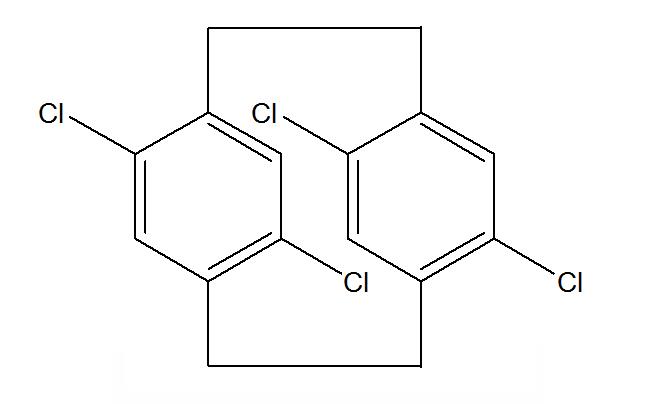 |
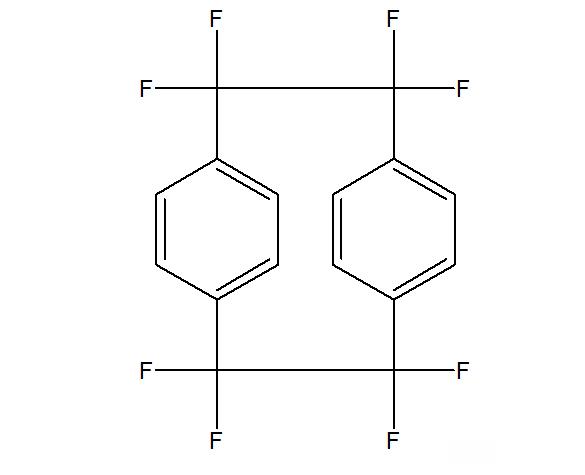 |
| This type of parylene dimer has a higher molecular weight and thermal stability than Parylene C. It provides excellent moisture resistance and barrier properties, making it ideal for aerospace and defense-related applications. | This type of parylene dimer is used for applications that require a low dielectric constant and excellent UV resistance. It is commonly used in the aerospace industry for its ability to withstand harsh environmental conditions. |
| 5.Parylene F/ VT-4:CAS No. 1785-64-4 | |
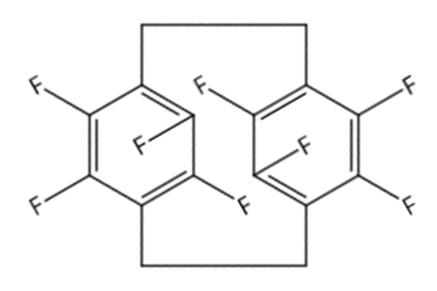 |
Parylene F is different from other types of parylene in that it has a high level of fluorine content, which gives it unique properties. parylene F offers exceptional barrier properties against moisture and chemicals, excellent electrical insulation, and is stable at high temperatures, making it a popular choice in a wide range of industries, including aerospace, electronics, and medical device manufacturing. |
Overall, parylene dimers provide a cost-effective solution for creating robust, reliable coatings that offer various benefits in a wide range of applications. They offer exceptional barrier properties, are biocompatible, and resistant to harsh environmental elements.
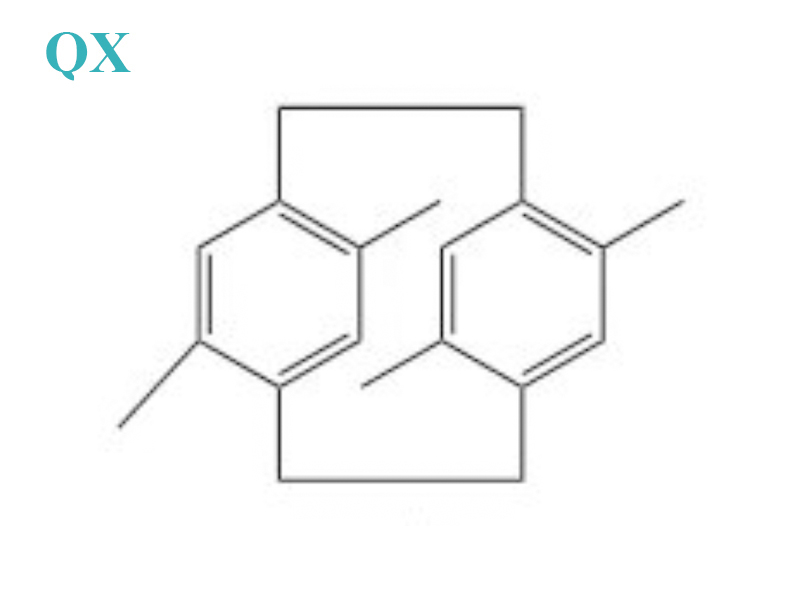
Praylene M (CAS No. 35233-71-7)

Parylene C (CAS No. 28804-46-8)
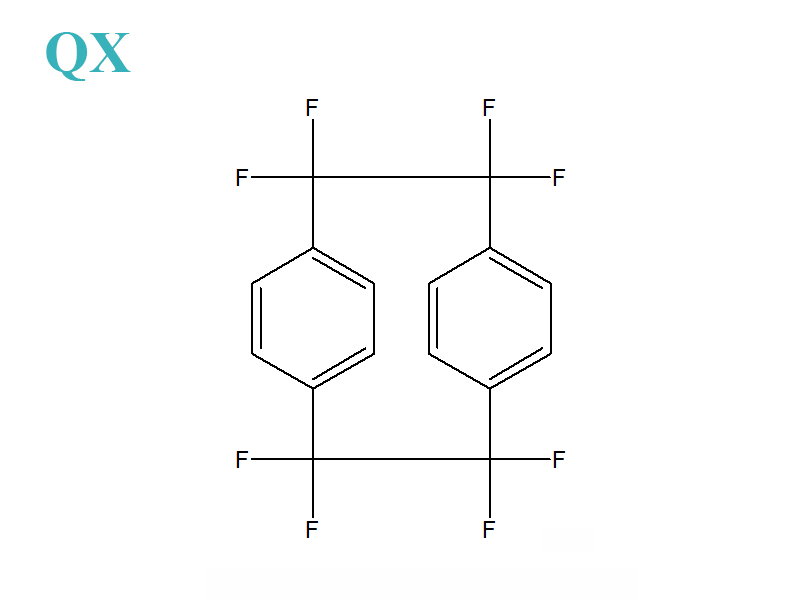
Parylene AF4 (CAS No. 3345-29-7)
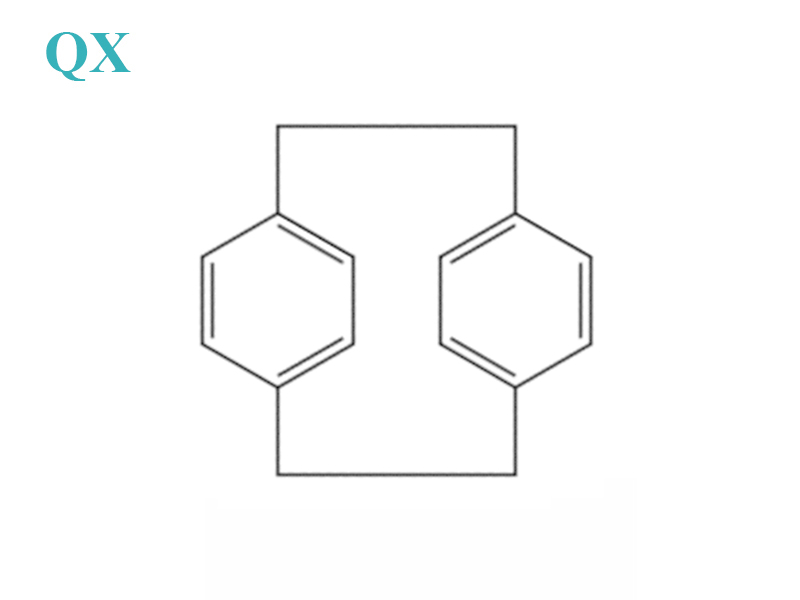
Parylene N (CAS No. 1633-22-3)
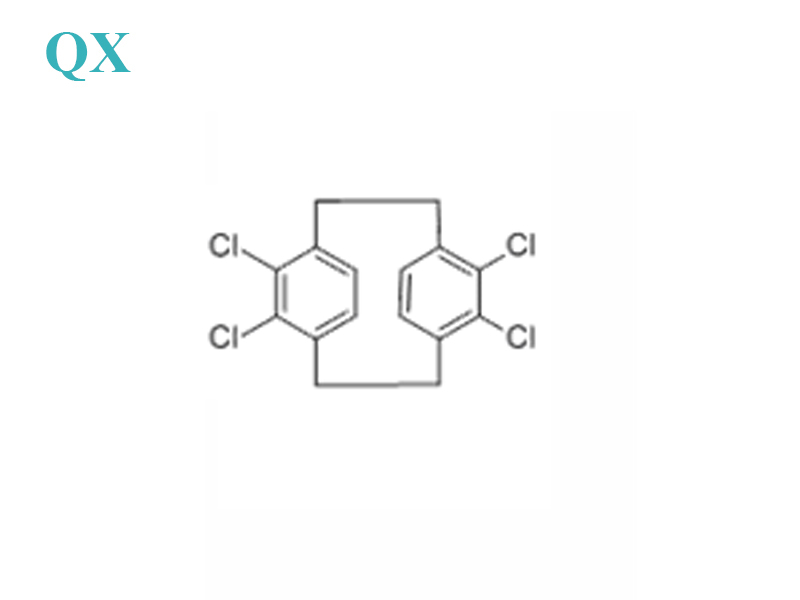
Parylene D (CAS No. 30501-29-2)
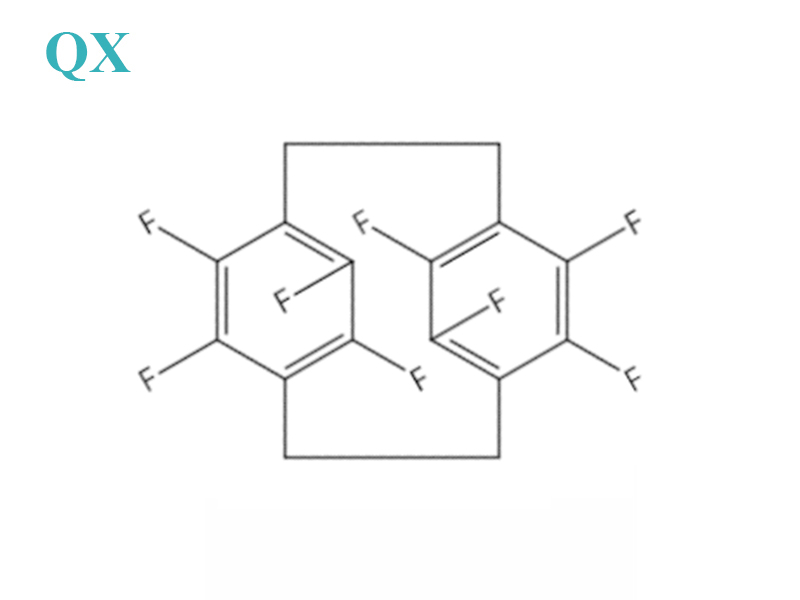
Parylene F/VT-4 (CAS No. 1785-64-4)